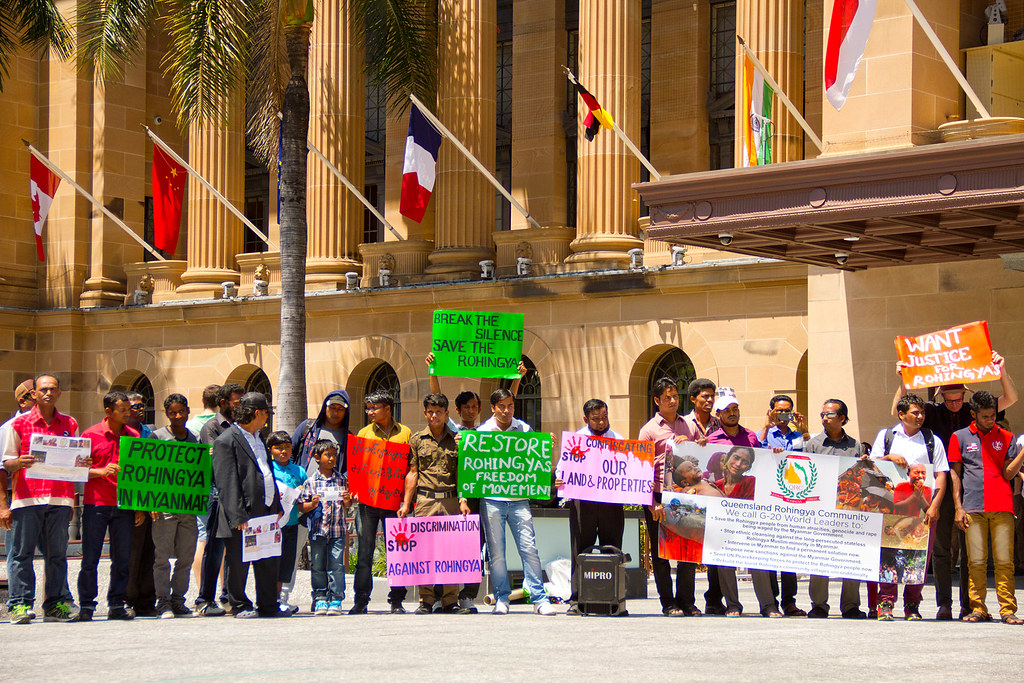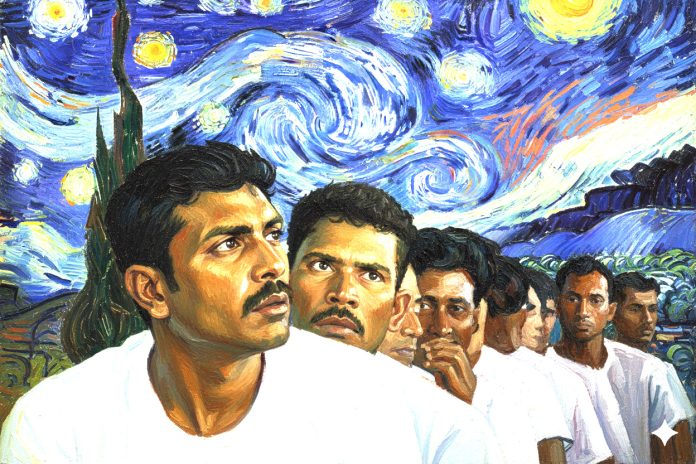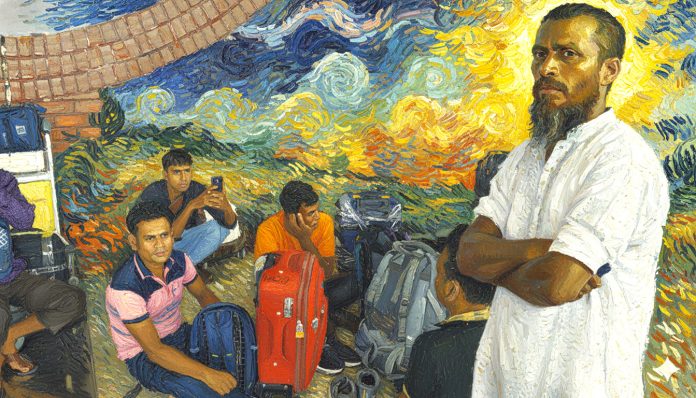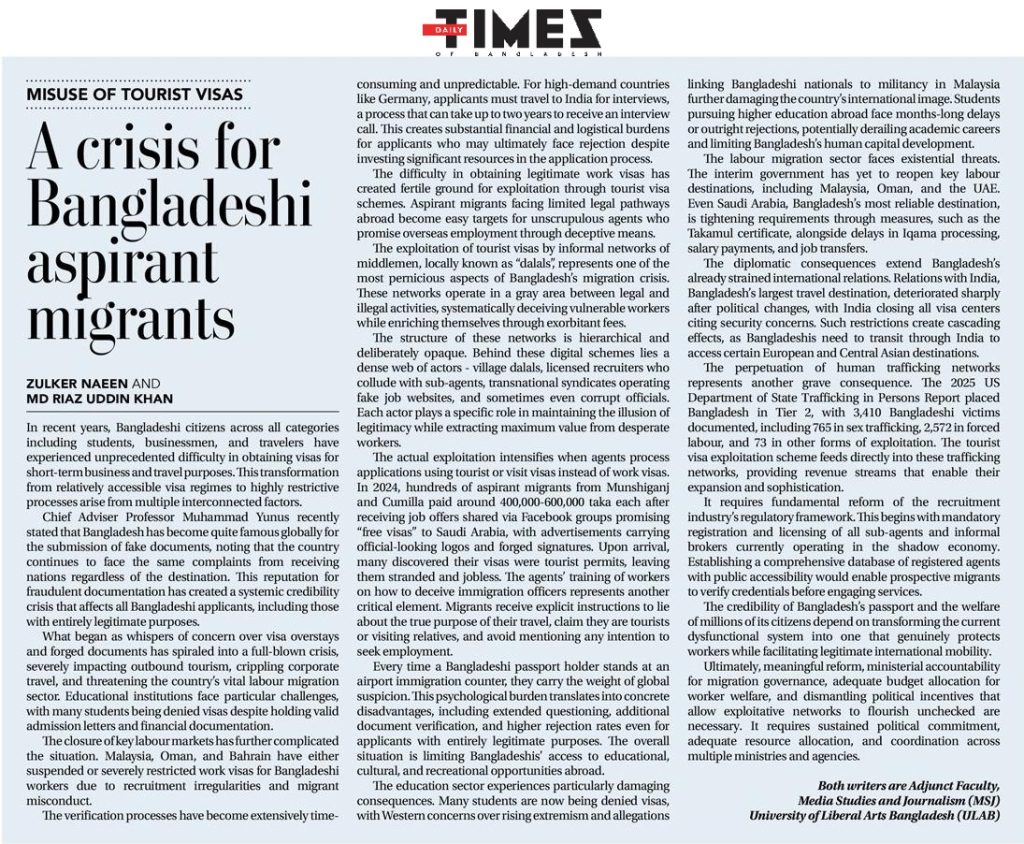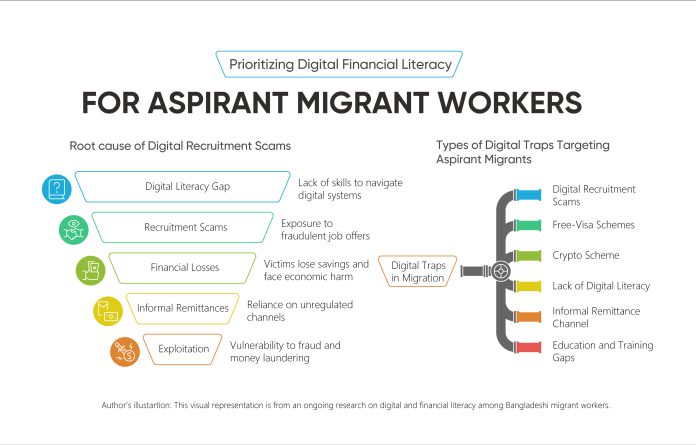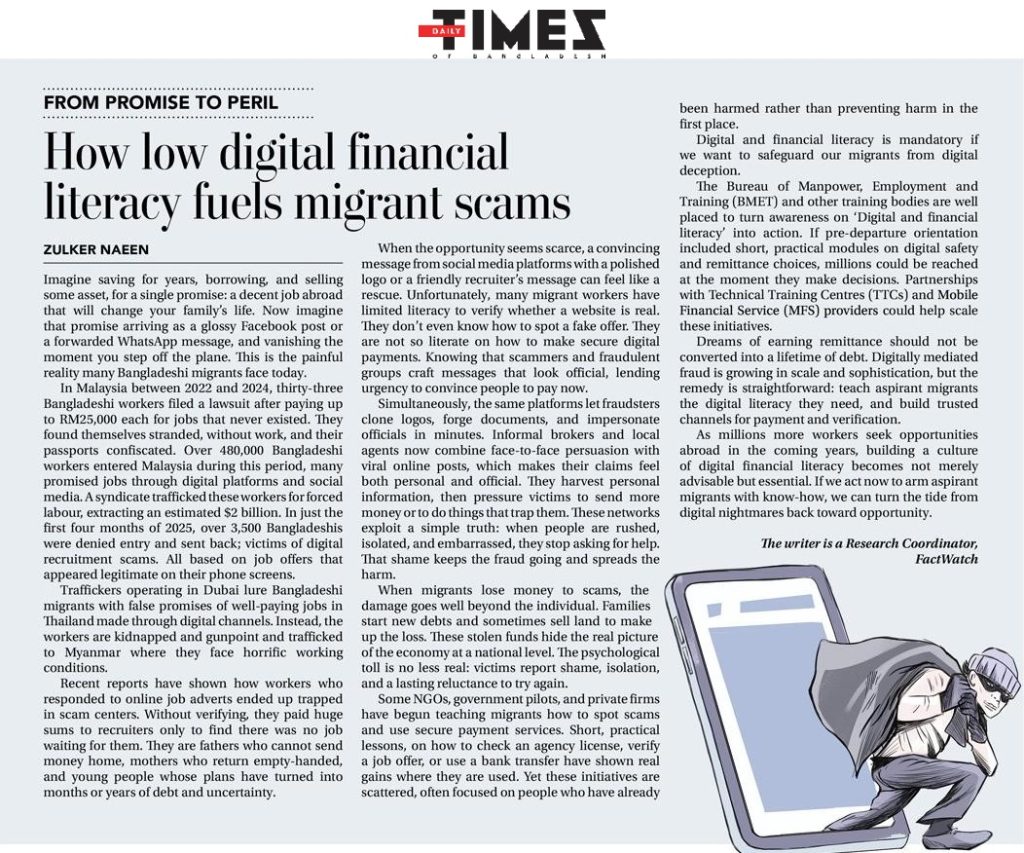This study explores the digital battlefield where the Rohingya crisis continues to be reframed by disinformation, state-sponsored propaganda, online hate campaigns, and politically driven narratives. While the visible consequences—forced displacement, statelessness, and violence in refugee camps—have drawn significant international attention, the covert spread of anti-immigrant narratives and disinformation against the Rohingya community has remained insufficiently examined.
From viral social media content to misleading headlines in mainstream media, Rohingya identity has been repeatedly weaponised to fuel public fear and reframe humanitarian crises as national security threats. Anti-immigrant narratives and disinformation now demonstrate how the “victim-to-threat” framing of the Rohingya crisis functions not only as a discursive shift but also as a threat multiplier within the security landscape of South and Southeast Asia.
In countries such as Indonesia, India, Bangladesh, Myanmar, and Pakistan, these narratives have not only shaped local attitudes but also fostered regional distrust and diplomatic friction. For instance, false stories about criminal activity and militant affiliations have circulated widely on TikTok, Facebook, and WhatsApp, portraying the Rohingya as a threat. Similarly, unverified claims linking Pakistan’s intelligence agency to armed Rohingya groups in Bangladesh have spread broadly, heightening suspicions between neighbouring states. These cases highlight how disinformation transcends borders, exploits geopolitical divisions, and turns stateless people into targets of manufactured hostility.
This study seeks to:
- Critically examine dominant anti-migrant narratives and disinformation campaigns that portray the Rohingya as threats and burdens across South Asian countries, and trace their cross-border circulation.
- Identify how these narratives are shaped and amplified by local political agendas, militarised state media, and digital platforms.
- Expose structural gaps in regional digital rights frameworks that often overlook the digital vulnerability of stateless communities.
Drawing on insights from academia, digital rights journalists, fact-checkers, and regional stakeholders, this study will analyse recurring disinformation patterns—depicting the Rohingya as terrorists, criminals, demographic threats, or burdens on host societies. It will further illustrate how disinformation flows influence policy decisions, humanitarian violations, and regional discourse.
This research contributes to digital migration studies by showing how the “victim-to-threat” narrative functions as a threat multiplier in the security nexus of South and Southeast Asia. It also challenges dominant digital rights frameworks in refugee crisis discourse and advocates for a collaborative response that amplifies the voices of stateless and displaced communities online.
Ultimately, it argues that disinformation campaigns and anti-migrant narratives targeting the Rohingya crisis are not only humanitarian issues but also violations of digital rights, where statelessness is mirrored by voicelessness in the digital space.
This project will provide targeted recommendations for fact-checking networks, policymakers, and digital platforms.
